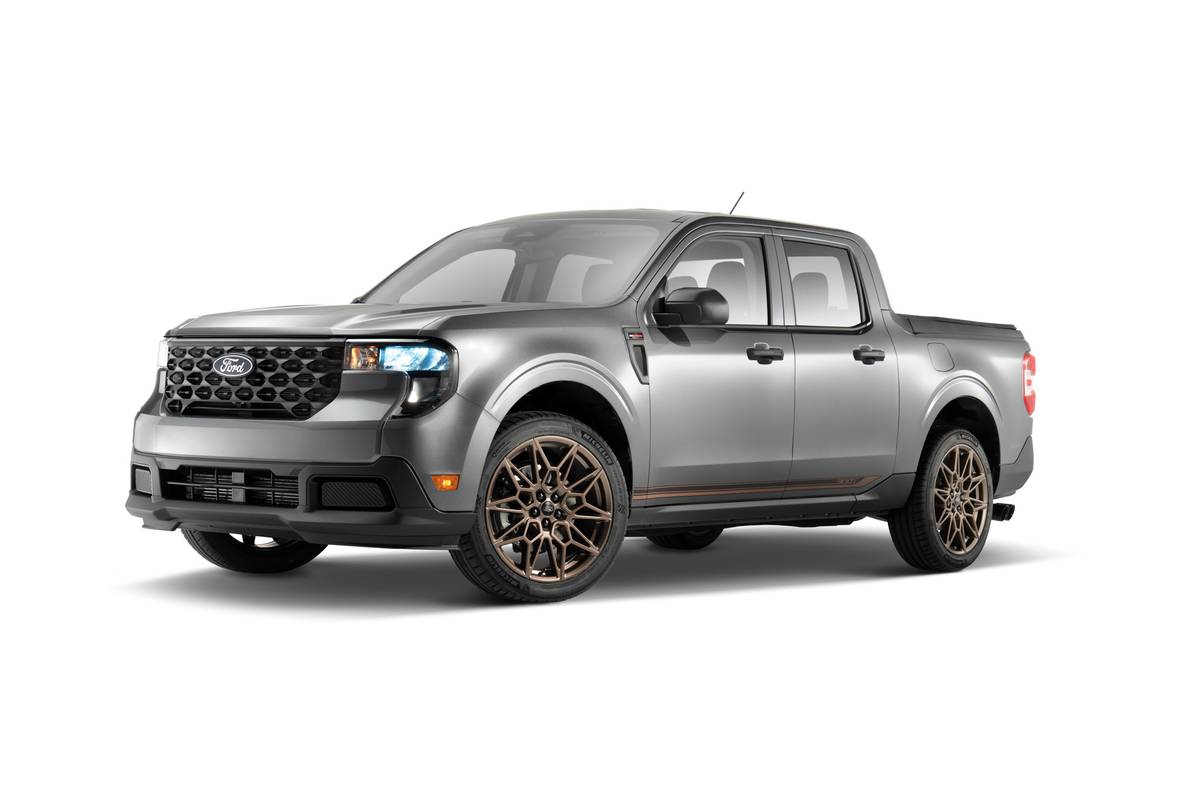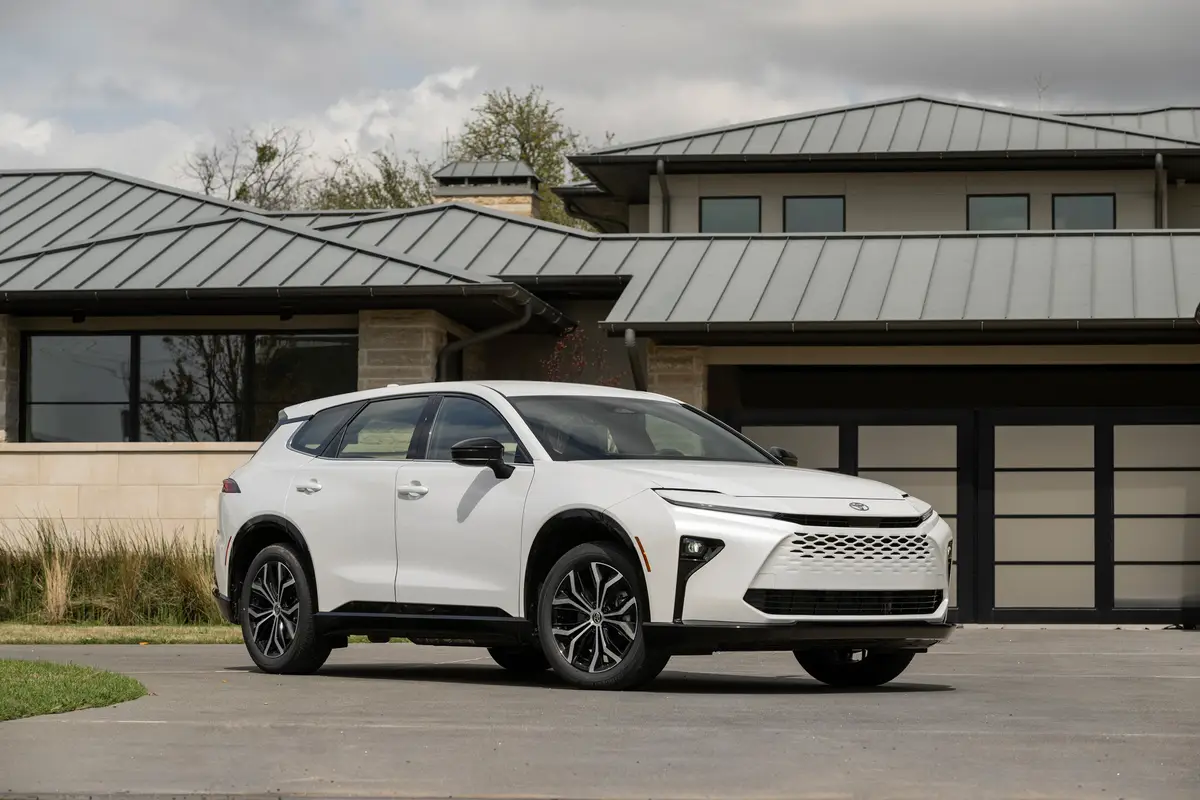washingtonpost.com's view
The lady, a former Washington Post colleague who shall be known here only as “The Lady,” was unimpressed. “And what exactly is that?” she asked, referring to the then-new 1984 Mercedes-Benz 190 in my possession.
I told her. She scoffed.
“That’s not a Mercedes! No one who can afford a Mercedes would call it a Mercedes, and no one who can afford a Mercedes would buy it!”
The Lady came from old wealth. She had class — but she was wrong.
The 190 sedan initiated a new marketing strategy for the once sniffier-than-thou Mercedes-Benz. The goal was to win new buyers by offering luxury for less — what auto marketers now call “entry-level luxury.”
The 190 sold well enough to bring forth a much-improved successor, the Mercedes-Benz C-Class, introduced in 1993. That first-generation C-Class sold well enough, peaking at nearly 35,000 cars annually in 1998, to beget another generation, the base 2001 C240 and full-plush C320.
I drove the C240. What can I say? I come from no wealth and fancy myself a man of the people. I’ll drive the C320 when my fortunes improve, perhaps in a week or so.
The C240 experience confused me. There was nothing “base” about the car, unless you call a superbly engineered, six-speed manual transmission “base.”
Mercedes-Benz offers its five-speed “Touch Shift” transmission as optional equipment on the C240. It’s a dual-shift transmission that can be operated as an automatic or as a clutchless manual. It’s standard equipment on the C320.
Even The Lady might agree that “base” has come a long way since the days of the 190 sedan. The new C-Class cars are larger and more luxurious than their predecessors. All of the interior materials, including the vinyl portions, have a high-grade look and feel. There are leather-faced seats and real, hand-polished Laurel wood inserts to flatter the ego.
The car’s cabin smells like old money, like one of those seldom-used wood-paneled rooms in somebody’s mansion, where the ethers from aging leather chairs, rows of books and, perhaps, unburned cigars have permeated the atmosphere.
And if wealth is measured by the accumulation of things, the C-Class, including the C240, has many of those, too — offered as standard equipment.
There are standard anti-lock brakes, and traction control (Mercedes-Benz’s Electronic Stability Program) designed to improve vehicle handling on slippery highways. There is a thoroughly modern three-link front suspension that works in tandem with a multi-link rear suspension to tame bumpy urban streets, and there are 16-inch alloy wheels shod with high-performance tires to celebrate the joy of driving on good back roads.
There’s lots of security, too. The new C-Class is equipped with dual-stage air bags designed to deploy with the appropriate force in the appropriate crash — lower inflation rate in low-speed crashes, higher inflation rate in more serious collisions.
A “Baby Smart” child-seat recognition system automatically prevents deployment of air bags if a child’s safety chair is installed in the vicinity of an air-bag module. Door-mounted, side air bags are standard.
What Mercedes-Benz calls “Brake Assist” is there to sense a panic braking situation and apply the brakes more quickly and harder than most humans can do under that circumstance.
And for those who believe that staying solvent is akin to remaining connected, a Tele Aid emergency call system is standard in the C-Class. In its base version, the system telephonically contacts emergency services in accidents or other road traumas. But it can be maxed out to fulfill a variety of other informational duties, including navigation.
Finally, the new C-Class looks good. It’s a far cry from the stuffy squareness of previous models, which equated reserve with class. The new model has a sloping front end with elliptic al headlamps, much like the substantially more expensive Mercedes-Benz S-Class cars. The still-formal rear end leaves something to be desired, but at least, with its few stylistic up-scoops, it’s moving in the right direction.
So, here’s to The Lady, wherever you are nowadays: “Hey, Bud, if you’re reading this, this car’s for you.”
Nuts & Bolts
2001 Mercedes C240 Complaint: The new C-Class proves there is a widening gap between the nation’s rich and poor. If the test car is “base,” then “base,” at $32,000, has moved out of the range of most of us.
Praise: If you have it and can afford it, it’ll be the best $32,000 you ever spent. This is one sweet, addictive automobile. You’ll love driving it.
Ride, acceleration and handling: Superior ride and handling. Acceleration — 0 to 60 mph in a bit more than eight seconds — will please most drivers. Throttle jockeys should look to the C320 (0 to 60 in 6.9 seconds) for faster times.
Engines: The C240 is equipped with a 2.6-liter V-6 that develops 168 horsepower at 5,500 revolutions per minute and 177 pound-feet of torque at 4,500 rpm. The C320 comes with a 3.2-liter V-6 that develops 215 horsepower at 5,700 rpm and 221 pound-feet of torque within a range of 3,000 to 4,600 rpm.
Head-turning quotient: Gets lots of looks from lots of people, regardless of income status.
Layout/vehicle type: Front engine, rear-wheel drive. Four-door, five-passenger sedan.
Capacities: Holds 12 cubic feet of cargo and 18.3 gallons of gasoline; premium unleaded is recommended.
Mileage: In the tested C240, about 25 miles per gallon in mostly highway driving.
Price: Preliminary base pricing puts the C240 at $32,000 and the C320 at $36,000. Prices are likely to change. They do not include taxes, fees and other charges.
Purse-strings note: Compare with BMW 3-series, Cadillac Catera, Oldsmobile Aurora and Lexus 300-series cars. Just remember that “entry level” means something quite different at this end of the market.
Latest news



